Alessandro Michele is an Italian stylist whose creativity has been proven after seven years as Gucci’s creative director. But last November, the announcement of his departure made the rounds of social networks as quickly as an international event, as the fashion sphere was waiting for the confirmation of a rumor that had been circulating for several days and put an end to the gossip. This news, so unexpected, has sent shockwaves through the fashion industry.
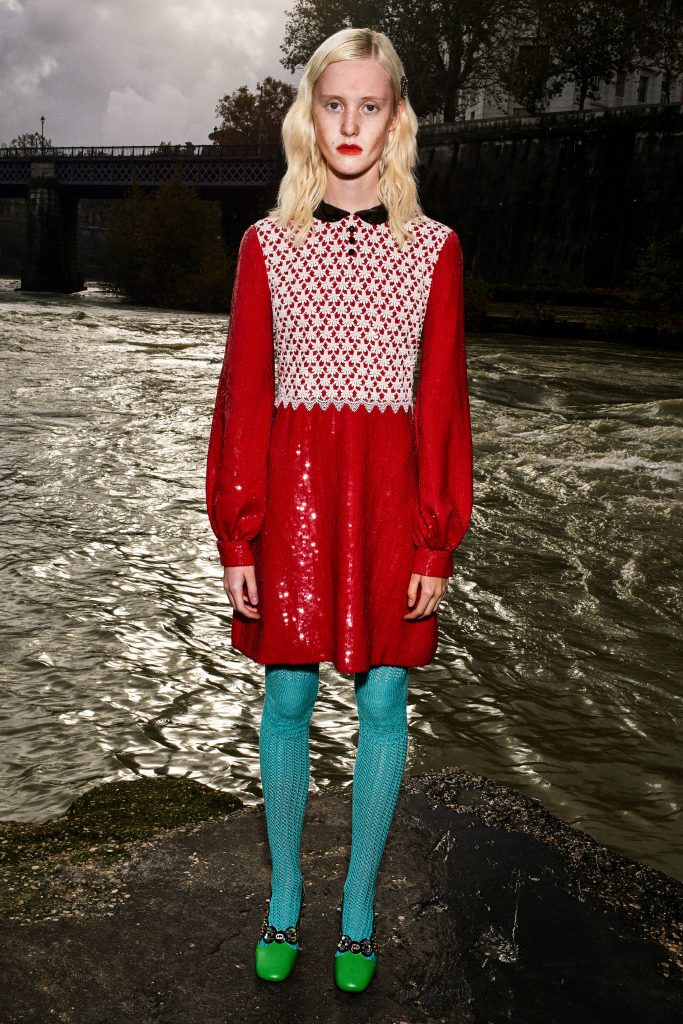
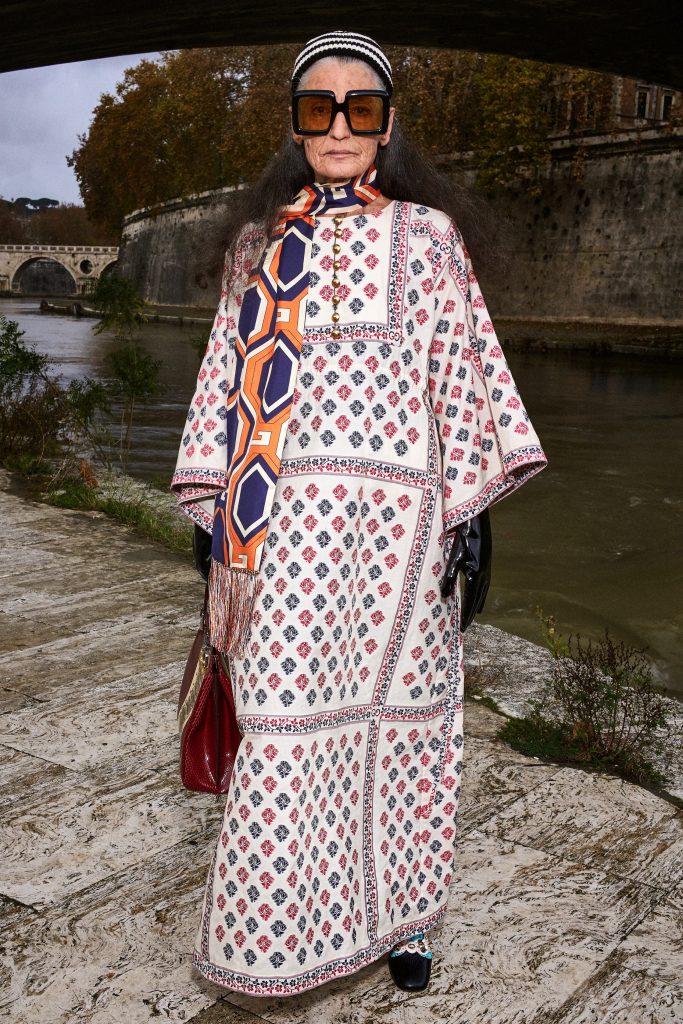
Initially, this creative made his debut as an accessory designer at Fendi. In 2002, he joined the Italian House, and over the years, he climbed the ladder to become associate artistic director of Gucci alongside Frida Giannini. In 2015, he created a stir when he was appointed head of creation. A position that Alessandro Michele has managed to develop over the last seven years.
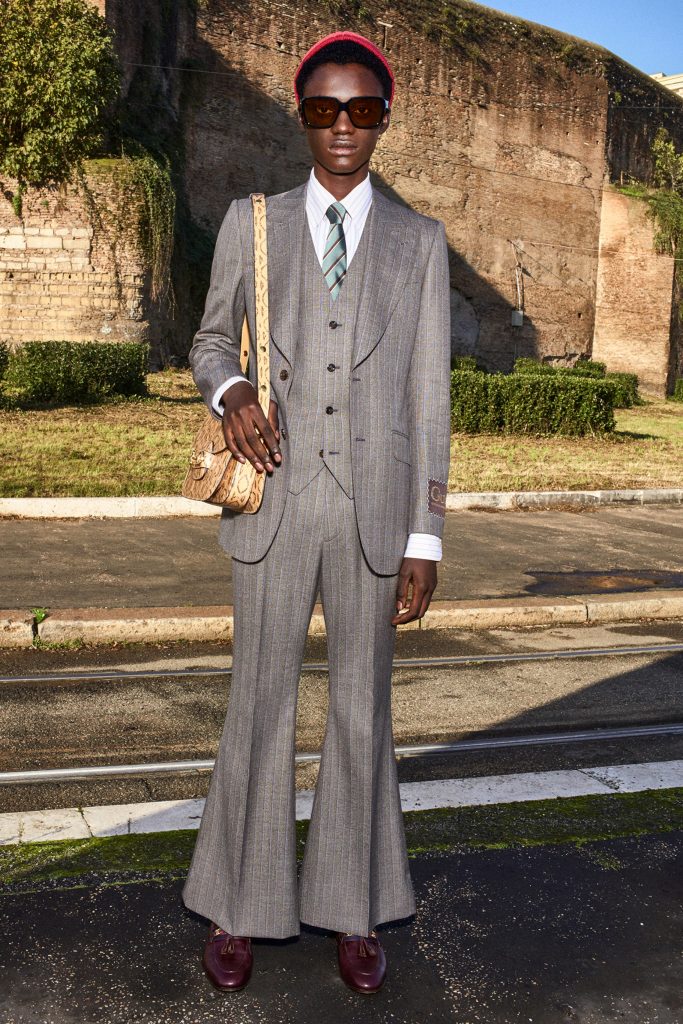
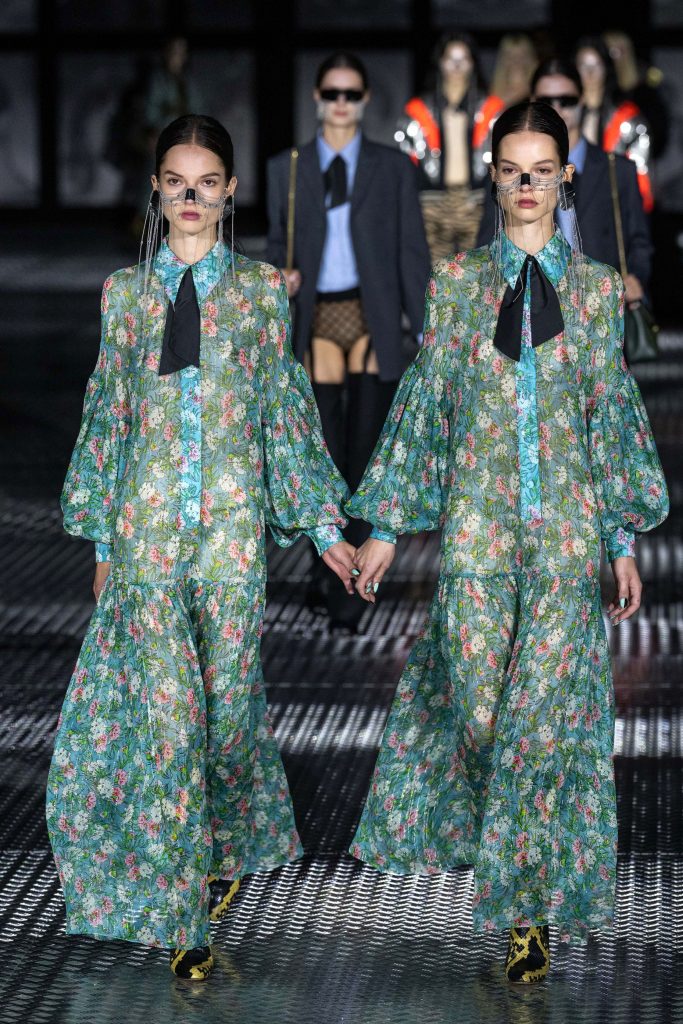
Behind his mysterious and mystical side, he managed to transform the Milanese label “sexy” on his arrival, from the tight pieces, stilettos, and mini dresses, into a poetic and romantic brand while distilling a taste of the 70s. His masterstroke, however, was to produce a men’s collection in only five days by launching the theme from the start with lace and embroidered fur inspired by art deco and the Italian Renaissance, revealing an androgynous side. After this presentation, Gucci would be transformed and become the center of gravity of fashion. Alessandro Michele, who was no stranger to the brand, was able to perfectly capture the essence, values, and conventions to be subsequently endorsed by the biggest names, from Jennifer Aniston through Anna Wintour.
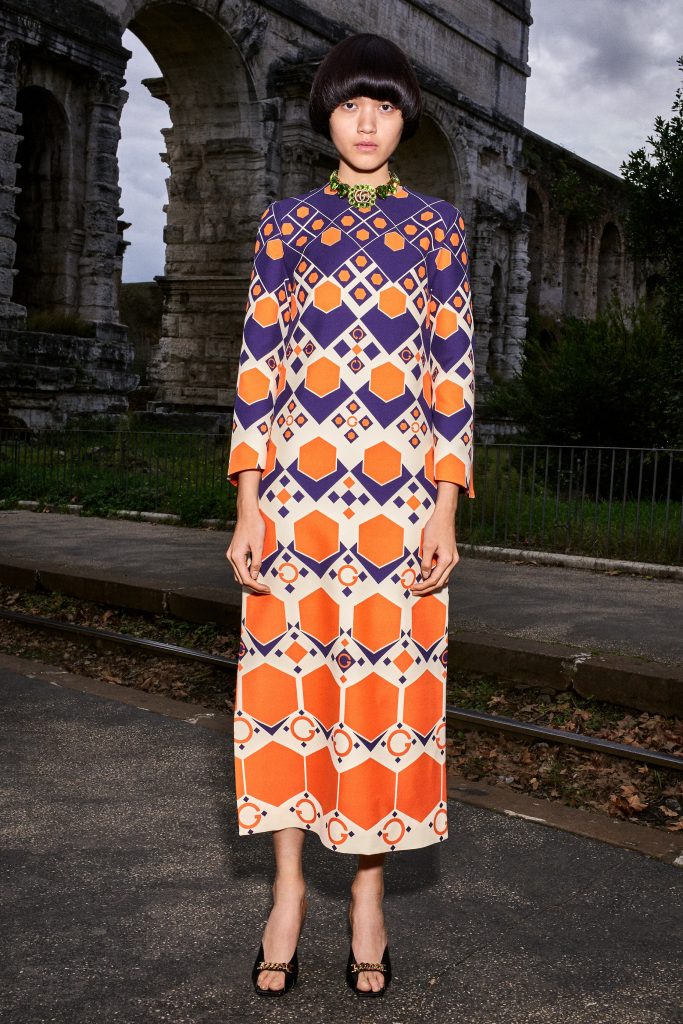

Between provocation and subversion, the artistic director knew how to give the brand the breath of fresh air it needed to return to the forefront by creating surprise at each presentation. With the show where models walked around with a double of their head under their arm, he created dreams through time, prints, and generations. From the runway show on Hollywood Boulevard to the presentation of the twins, to the collaboration between Gucci and Balenciaga to celebrate the brand’s 100th anniversary. But what guided the collections under the air Michele is his careful attention to the society, the romanticism, the baroque, and the bohemian of the 70s. Even Marc Jacobs, who had no pieces from the Milanese brand, praised the designer by buying several pieces from his first collection. From Harry Styles to Clara Luciani, Alessandro Michele has found ambassadors and friends in society who have made the brand shine on stage and in magazines.
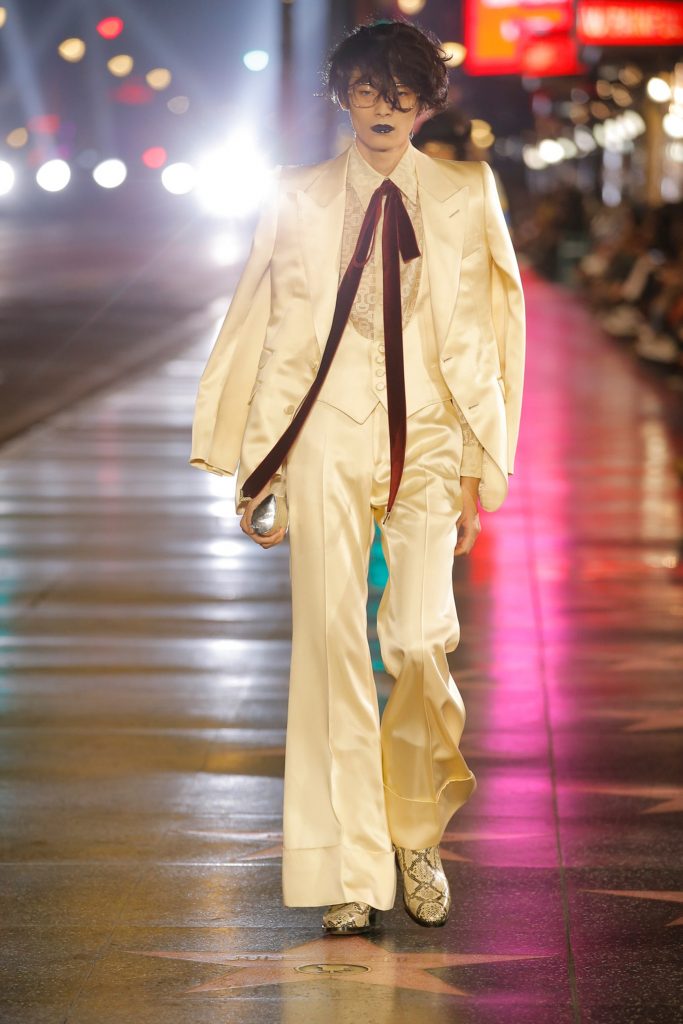
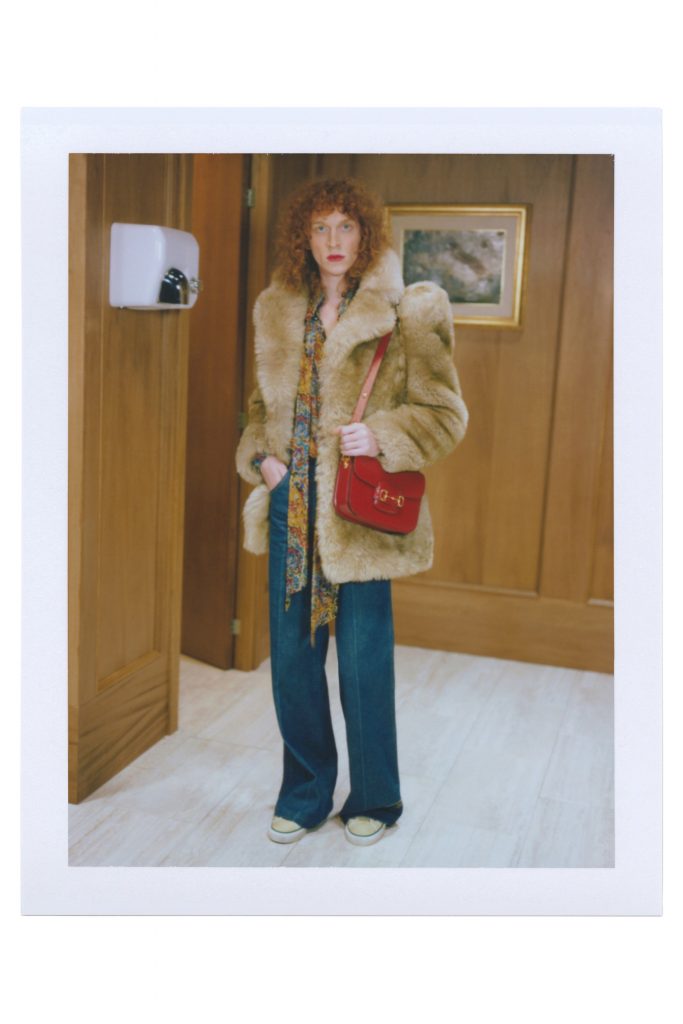
But the last few years have been complicated for the brand, which has encountered a slowdown in sales with a growth of only 9% while other luxury brands have reached 20%. Wealthy customers looking for craftsmanship and quality instinctively turned to brands like Bottega Veneta and China, which has been over-consuming in recent years, began to curb its purchases. While the luxury communication was perfectly tuned with digital inclusivity, the in-store experience did not deliver on the promise and the men’s offer was reduced, while development of the latter did not evolve.
Today, several names for a successor are in the air, such as Jacquemus, Ricardo Tisci, Charaf Tajer, the Dutch duo Botter, or perhaps the collective behind GCDS, not forgetting the probability that the creation will remain without an artistic director for some time in the image of Virgil Abloh.
Italy
Thomas Durin
